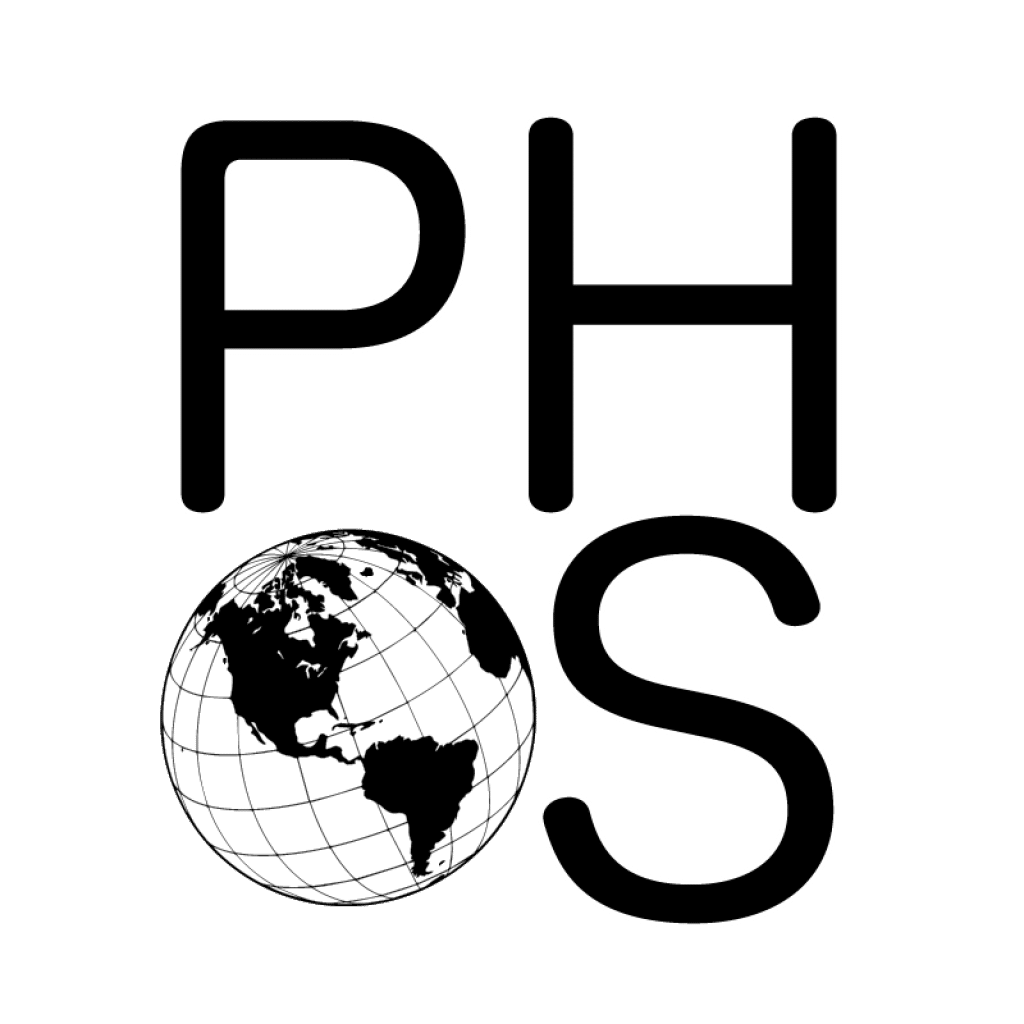Long Covid Biomarkers Campaign FAQ
The following are answers to questions about the Long Covid Biomarkers Campaign on GoFundMe which is raising funds for a scientific study to validate Long Covid Biomarkers. Find out more about the campaign or donate here.
Q. How are donations from the GoFundMe campaign being used?
A. 100% of the $150K raised, even if the amount is less than $150K, will go to the researchers for the purpose of validating the discovery of Long Covid Biomarkers (minus GoFundMe’s fees and 5% required for the university). Any additional funding beyond the $150K will be used by LCAP and LCF for actions involving FDA approved Long Covid biomarkers.
It’s also important to note that the distribution of funding, as well as the promise of research work, is contractually agreed to by LCAP, LCF, the researcher and the organization allocating funds to the researcher on behalf of the university. The organizational partner responsible for distributing funding to the researcher voted unanimously in favor of partnering on this project with LCAP & LCF.
Q. What about the problem of cost and availability for this biomarker test? We need this to be readily available and cheap!
A. The current blood test processes up to 800 genes to measure RNA viral load of SARS-CoV-2 & a large set of immune RNA at a cost of $400-$600/sample. But the future validated non-invasive biomarkers test of 50 genes would be possible for a total cost $50-$100 per sample. (answered by Dr. Johan Van Weyenbergh)
Q. What does the test detect?
A. The panel detects many more viral RNAs than just Spike. It detects RNAs from several portions of the virus (called by their order in the genome ORF1, ORF3, ORF7, Spike, Nucleocapsid) and antisense RNA made by replication inside an infected cell. This test is made to detect SARS-COV2 infection in combination with a broad picture of the immune response. (answered by Dr. Johan Van Weyenbergh)
Q. Why is the initial study size only 12 healthy cohorts and 48 LC cohorts? Is this enough? Is the new study of over 100 samples enough to validate the LC biomarkers?
A. The platform we use for the test (nCounter equipment from Nanostring Technologies) uses a type of “cartridge” on which exactly 12 samples fit, hence the multiples of 12 in both patients and controls. This first Belgian cohort had 48 LC patients analyzed (quite similar to several LC publications), to which we then had to carefully match the controls (from the same general practice) for age, sex, time since acute COVID, vaccine status and number of comorbidities, which was unique to our study and explains the lower number of controls. Statistically speaking, this was sufficient for a first study, usually called a ‘discovery cohort’. We now need a second study to validate these findings in an external so-called ‘validation cohort’ (preferably not from Belgium so our biomarkers can hopefully be used worldwide). We aim for over 100 samples, 48 LC patients again, more matched controls (48 people recovered from acute COVID without LC) and a small number of other controls (negative and positive controls, which could include patients suffering from ME/CFS, multiple sclerosis or other neuroinflammatory disorders). Statistically speaking, this will be enough to validate the biomarkers. (answered by Dr. Johan Van Weyenbergh)
Q. Does graph C in the initial study mean that people all have the same results below the line and wouldn’t that mean that the test won’t be able to see the differences? Will these mean the test won’t accurately detect who has or doesn’t have LC?
A. Graph C shows that up to two thirds of LC patients have viral RNA above the red line. But we also include the immune response to get a complete picture. The biomarker proposed for LC is a combination of antisense SARS-CoV-2 combined with FYN RNA (an immune molecule higher in LC patients), This is shown in panel A and B of the publication. This combination has >90% specificity (accuracy) to distinguish patients from controls. (answered by Dr. Johan Van Weyenbergh)

 Q. What are the credentials of the head researcher – how can I find out more about their work?
Q. What are the credentials of the head researcher – how can I find out more about their work?
A. Johan Van Weyenbergh has a public profile on Researchgate Johan Van Weyenbergh (researchgate.net), Google scholar Johan Van Weyenbergh – Google Scholar, KU Leuven Johan Van Weyenbergh — Laboratory for Clinical and Evolutionary Virology (kuleuven.be) , X @johanvawe and LinkedIn (29) Johan Van Weyenbergh | LinkedIn (answered by Dr. Johan Van Weyenbergh)
Q. Is this all or nothing? What happens if we don’t raise the full $150,000 & only $30K is raised – what do we get for that investment?
A. The number of samples analyzed are proportional to the amount raised, so even with 30-50K we can make a nice start with the validation effort. (answered by Dr. Johan Van Weyenbergh)
Q. What is the FDA part of this process for establishing Long Covid Biomarkers?
A. The FDA provides information about qualified biomarkers and the process involved here. (answered by LCAP)
Q. What other info is available about Johan and the Long Covid transcriptomics research?
A. You can find a link to Johan’s presentation during the “Unite to fight” conference on these transcriptomic biomarkers (which he tentatively called “anti-stigma” biomarkers) here: Johan Van Weyenbergh: Patient-Driven Long COVID Clinical Trial (UniteToFight2024 Day 1, Block 1) (youtube.com) (answered by LCAP)






